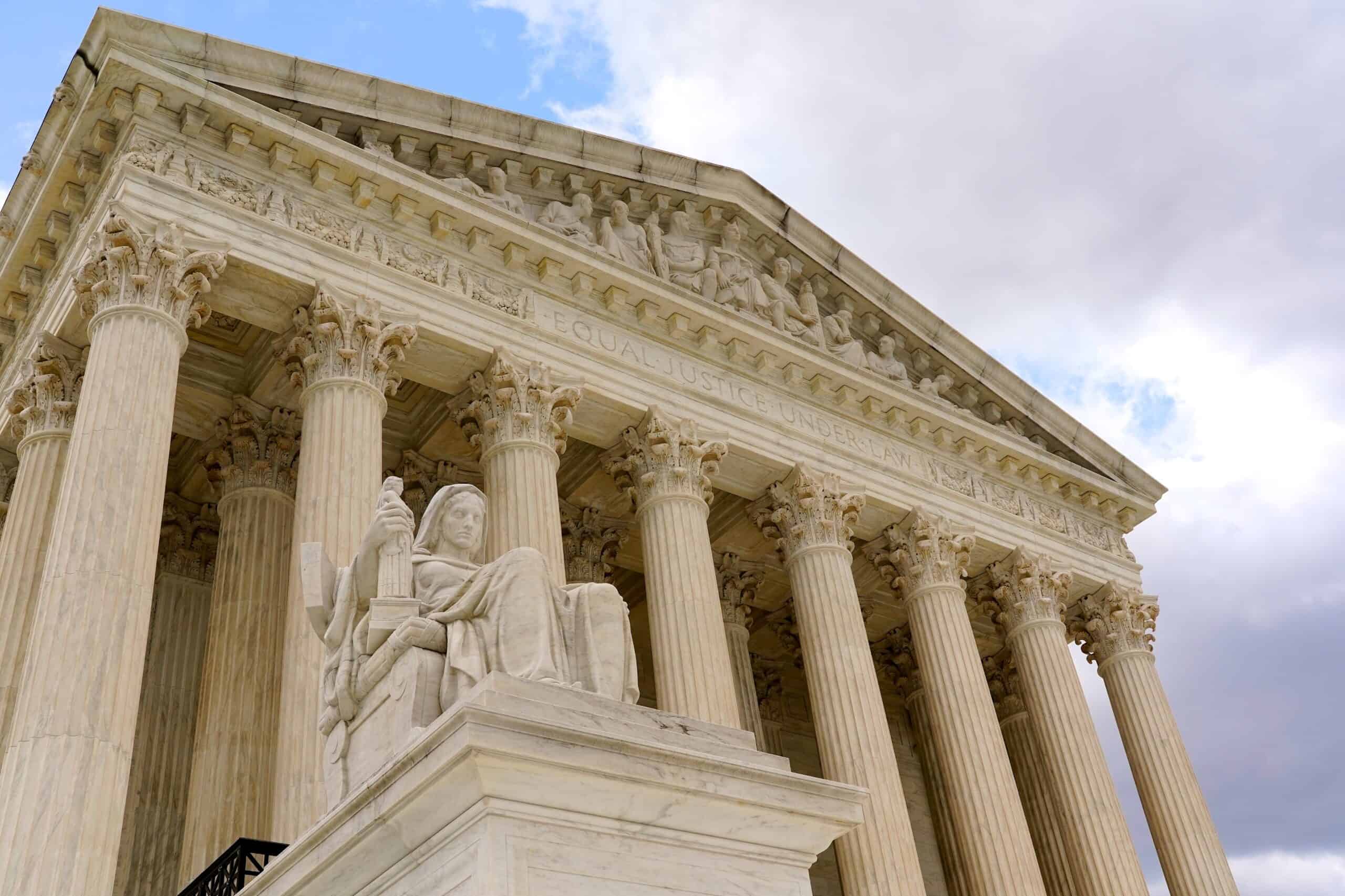
This week, we go to the Supreme Court in Relentless v. Commerce for argument on whether Chevron deference—the deference given to agencies when they interpret an ambiguous or silent statute—continue or be abandoned by the Court. Both our briefs and those of the Petitioners in Loper Bright detail Chevron deference’s constitutional, statutory, and structural errors. But one aspect of how bad Chevron is has not been fully understood by the public or the commentators.
Our tripartite system of Government has been designed with separate powers for the legislative, executive, and judicial branches. The framers made these individual branches so that they would be jealous of their power and prerogatives and thus provide “a self-executing safeguard against the encroachment or aggrandizement of one branch at the expense of the other.” Buckley v. Valeo, 424 U.S. 1, 122 (1976). As Madison wrote, “ambition must be made to counteract ambition” and by aligning the interests of the man with the “constitutional rights of the place.” The Federalist No. 51. Chevron undermines this and provides incentives for every constitutional actor to behave badly.1
First, it encourages congressional legislators not to write clear statutes. Any action the agencies take can, if the congressional majorities like it, be touted as their own creation, and if not, they may disavow it as a corruption of legislative intent. When the Presidency is controlled by the majority party, he can await better outcomes than he could through legislation. In that way, Congress is incentivized to allow its own legislative power to slip away.
Second, is the Executive where both political appointees and bureaucrats are empowered to ignore the regulated citizenry. In the Relentless case, we can visibly see the problem with allowing agencies to manufacture ambiguity and then fill that asserted ambiguity with whatever they wish as long as it can be deemed “reasonable.” Our client has stated many times how ignored they feel when dealing with the bureaucrats at NOAA and NMFS. Any reader can compare what the Magnuson-Stevens Act does when it allows industry to be charged for observers with what the Final Rule mandating at-sea monitors does. Congress, sensitive to the citizenry, capped costs when it provided for industry-funded observers. The agencies, inventing a new office without Congressional input, not only failed to include a cap but allowed a cost five times greater than any statutory observer cost.
Third, and finally, the judiciary has kicked away its “judicial power’” to decide what statutes mean. This abandonment of a key power, meant to be jealously guarded in the Madisonian system, by the Supreme Court has then triggered an avalanche of further bad behavior in the district and appellate courts. The hard work of statutory construction can be avoided if an ambiguity can be found, and the agency’s interpretation be substituted for the Courts. The judge can then find the government is reasonable in its interpretation and will have no need to find the best and actual meaning of a statue presents itself. The only one hurt is the citizen in conflict with the Government. The separation of powers is better guarded in a world without Chevron.
